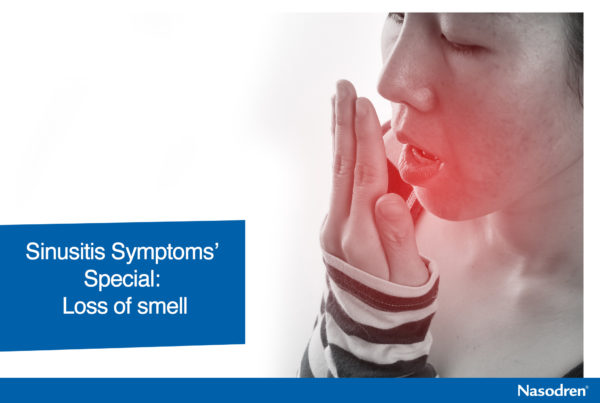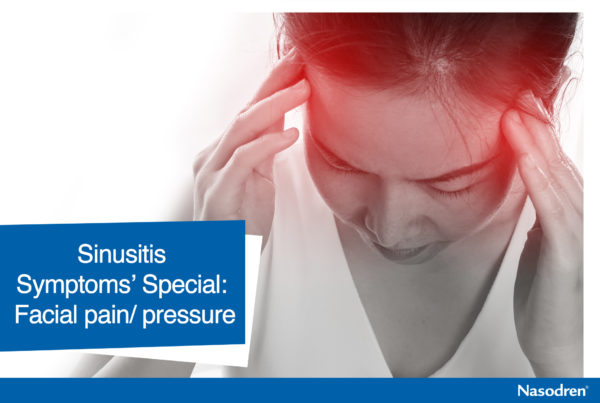Inflamed sinuses cause sinus headaches, which are generally confused with other types of headaches. For instance, vascular headache symptoms are similar to that of sinus headaches, causing confusion. Most of the people who believe that they have headache of the sinus origin are in fact suffer from vascular headaches. Therefore, consult the doctor to confirm that the headache is because of infected sinuses. Some of the common symptoms of the sinus headaches are explained below.
- Constant, deep and dull pain in the sinus region, comprising bridge of the nose, forehead and cheekbones, denotes headaches. The pain, the main symptom of the headache, increases with straining, sudden movement of the head, leaning over or bending down. The pain may be accompanied by facial swelling, fever, fullness / sensation in the ears and nasal discharge. The pain may increase during damp and cold weather. Sudden changes in temperature further worsen the pain. The pain during sinus headaches feels like pressure. Sinus pain and other nasal signs may accompany the headache.
- Intensity of pain may vary from person to person. It could range between minor nagging pain and unbearable pain that hinders normal sleep process.
- The pain in the head may resemble to a tension headache.
- Pressure sensation in affected area increases.
- Local swelling, redness and tenderness in the facial area may occur. Tenderness over the infected sinus is associated with sinus headaches.
- The headaches generally occur in the morning and improve by afternoon. The pain is severe in the morning because of overnight mucus collection.
- Symptoms associated with sinusitis, such as sore throat, postnasal drip, green or yellow discharge from the nose, nasal congestion, fever and fatigue may also appear.
- In some cases, sinus headaches may not be accompanied by sinusitis signs.
- Fever with sinus headache is a quite common sign.
- Purulent or pus-like nasal discharge may lead to sinus headaches.
- Rarely, sinus headaches may be associated with pain in the back or the top of the head.
- Sinus headaches may be felt on both sides of the head or on either side of head.
- Neck is generally not affected during the headache.
- Headaches with congestion
- Feeling of ache in the upper teeth
- Cold shivers
- Coughing or throat irritations
- Light-headedness
- Achy muscles (myalgias)
- Lymph nodes in the neck may swell.








